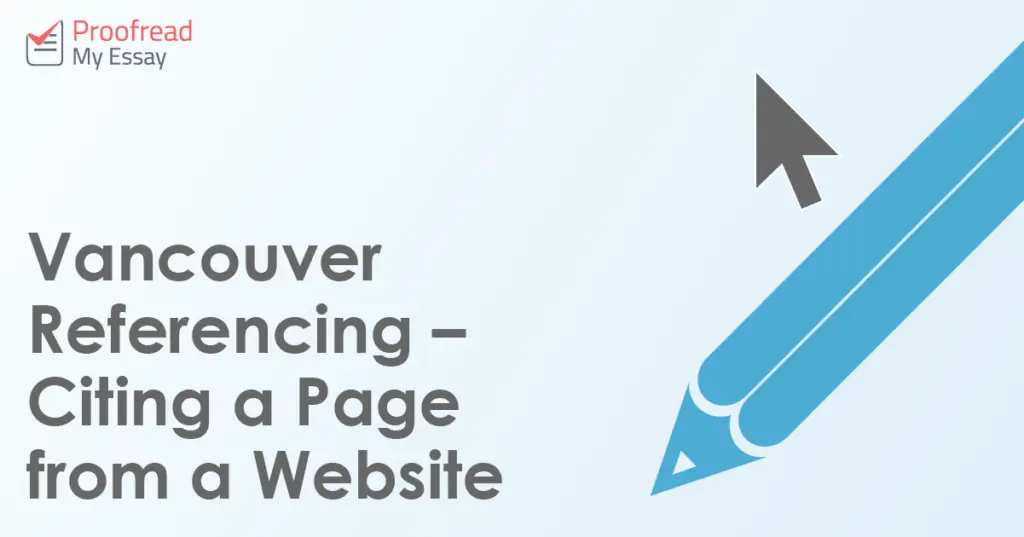If you’re studying in the sciences or medicine, you might be asked to use Vancouver referencing in your written work. And since so many academic sources are available online these days, that means you’ll need to know how to cite a page from a website using this system.
In-Text Citations
Vancouver referencing is a number–endnote system. As a result, you will cite sources in the main body of your work with numbers that indicate entries in a reference list at the end of your document.
In practice, then, citing a page from a website is like citing any other source in Vancouver referencing. Simply give a number for the relevant source, numbering sources in the order they are first cited:
The acidity levels were shown to fluctuate across time (1).
This citation, for example, would point to the first source in the reference list. In addition, if the author is directly named in the text, you should give the citation immediately afterwards:
Dr Jones (2) has shown that this results from microbial activity.
Reference List
The format for a page from a website in a Vancouver reference list is as follows:
Find this useful?
Subscribe to our newsletter and get writing tips from our editors straight to your inbox.
(Citation Number) Author Surname and Initial/Organisation. Web Page Title. Available from: URL [Accessed date].
This might need a bit of breaking down, though! We explain each piece of information below:
- Author Name – The surname and initial of the person who wrote the page cited (if you cannot find a name, you can use the site’s publishing organisation).
- Page Title – The title of the specific page you’ve cited.
- URL – The web address for the page you’ve cited.
- Accessed Date – The date of when you last visited the page.
An entry for a page from a website would therefore look like this:
(1) Wyatt B. Are our parks safe? Microbial activity in Indiana rivers. Available from: indypolitics.org/blog/are-our-parks safe.html [Accessed 2 June 2018].
Vancouver Variations
Not all versions of Vancouver referencing are the same. The differences are usually minor (e.g. how citations are presented), but you should still check your university’s style guide to see the system they prefer. If you have no style guide, your main aims should be clarity and consistency. And don’t forget to have your work proofread to make sure your referencing is perfect!



